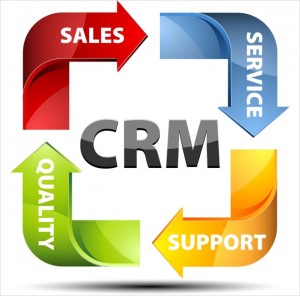 Customer relationship management (CRM) is the process of managing an organization’s interactions throughout the entire customer life cycle. CRM software applications support the automation of these processes and best practices.
Customer relationship management (CRM) is the process of managing an organization’s interactions throughout the entire customer life cycle. CRM software applications support the automation of these processes and best practices.
An Overview of CRM Software
CRM systems vary widely in capabilities, pricing and underlying technology, from basic contact management to sophisticated enterprise suites for sales, service and marketing, to platforms that foster customer connections. Moreover, the market includes industry-specific CRM solutions (e.g., real estate or pharmaceutical sales) and best-of-breed solutions for specific CRM functions (e.g., field service or help desk).
What Is CRM Software?
The primary purpose of CRM software, sometimes known as contact management software, is to consolidate customer information into one repository, so users can better organize and manage relationships. Additionally, these applications automate common processes and provide tools for monitoring performance and productivity. Systems vary, but the best CRM software will include at least the following four core functions:
Customer data management. Most products provide a searchable database to store customer information (such as contact information) and relevant documents (such as sales proposals and contracts).
Interaction tracking. These systems document conversations held by phone, in person, through live chat, email or other channels. These interactions can be logged manually, or automated with phone and email system integrations. Depending on the product, some systems can also track interactions on Facebook, Twitter and other social platforms.
Workflow automation. This standardizes business processes, usually through a combination of task lists, calendars, alerts and templates. Once a task is checked off as complete, for example, the system might automatically set a task for the next step in the process.
Reporting. Management can use these CRM tools to track performance and productivity based on activities logged in the CRM system—for instance, how many new contacts were added to the database that day, or how much revenue was generated. These tools can also be used for forecasting, such as for the next-quarter sales pipeline.